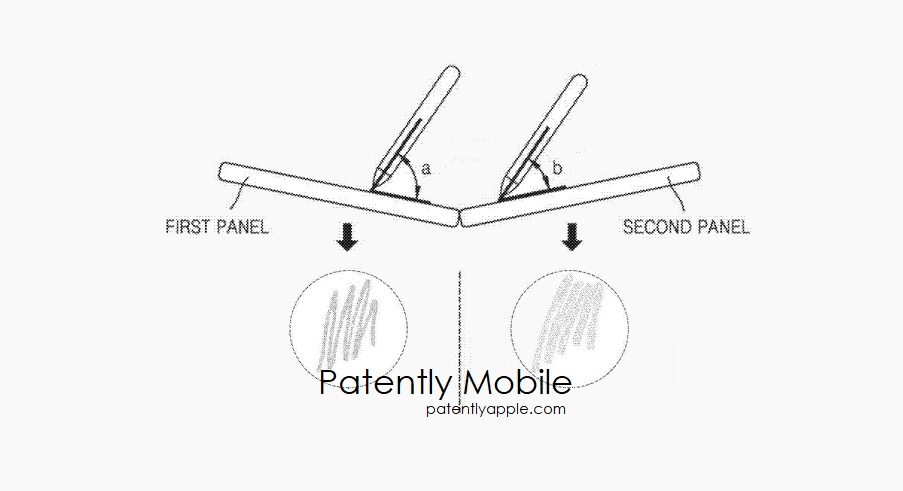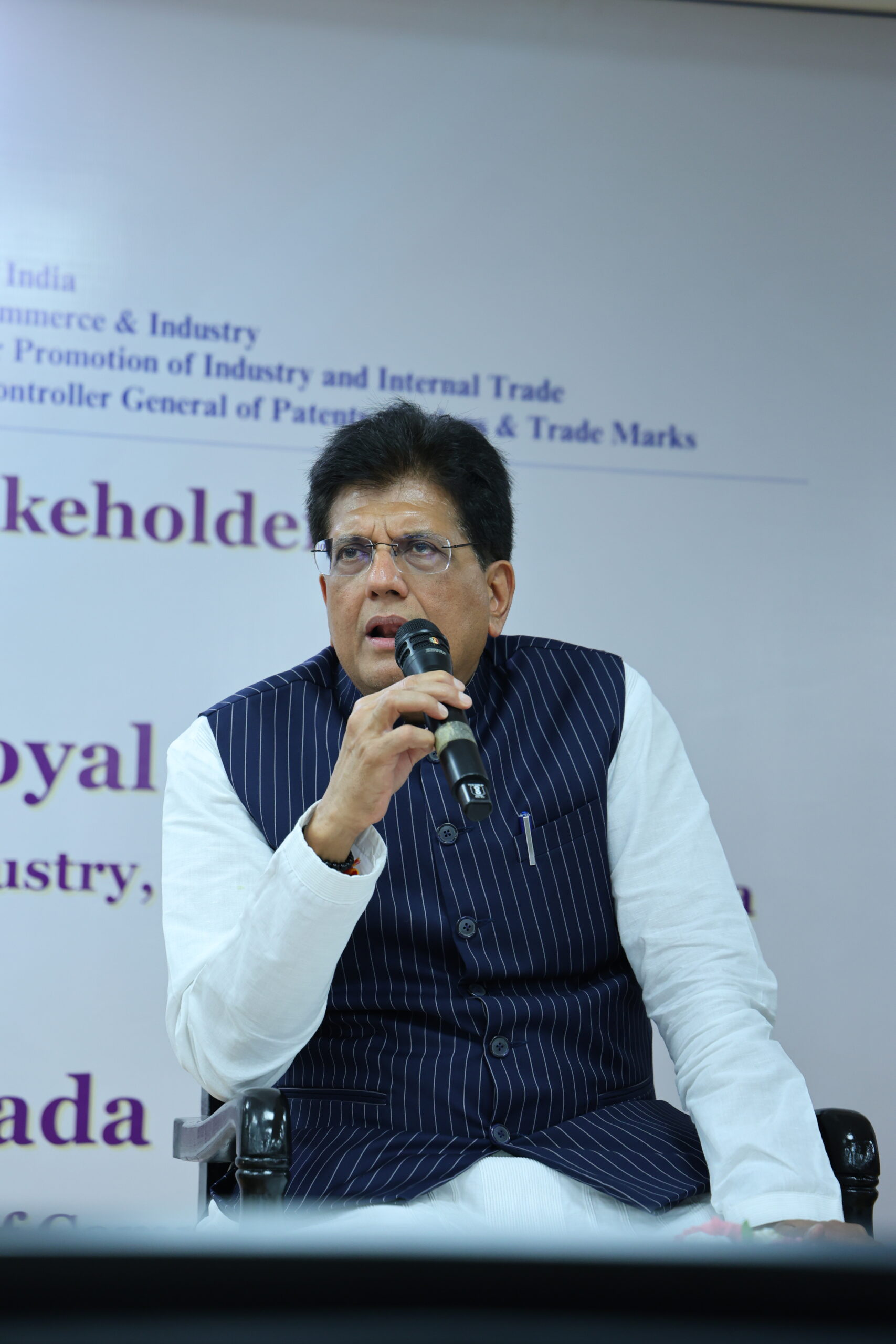The Ministry of Communications and Information has issued correction directions under the Protection from Online Falsehoods and Manipulation Act (POFMA) against handbag label Aupen and its founder Nicholas Tan. The move follows false statements about the Intellectual Property Office of Singapore (IPOS) in relation to an ongoing trademark dispute.
Allegations Against IPOS
Aupen and Tan had posted on social media that IPOS advised the brand to “back down” in its trademark application. They also claimed that Singapore’s trademark laws favour foreign companies. In some posts, Tan suggested that Aupen had little chance of winning against American retailer Target, which objected to the Aupen trademark due to similarities with its lingerie brand Auden.
These statements spread widely on Instagram, prompting concerns that they could mislead the public and erode trust in Singapore’s intellectual property framework.
IPOS Clarifies Its Role
In a public statement, IPOS rejected the allegations. The agency stressed that it does not advise companies to abandon trademarks or predict outcomes of disputes. It clarified that its role is limited to administering the application process and explaining procedural options.
IPOS also stated that Singapore’s trademark system treats local and foreign businesses equally, with decisions based solely on legal provisions. The office emphasised that Aupen’s Singapore trademark for “AUPEN” remains valid, regardless of the U.S. dispute.
POFMA Orders Issued
The government determined that the posts by Aupen and Tan contained falsehoods of public interest. As a result, both parties received POFMA correction directions. They must now publish notices linking to the government’s clarification so that readers are not misled.
POFMA empowers authorities to act against online falsehoods that may harm public confidence or affect social trust. In this case, officials said inaccurate claims about IPOS risked damaging Singapore’s reputation as a fair hub for intellectual property protection.
Broader Trademark Dispute
The controversy began when Target raised objections in the United States against Aupen’s trademark filings. Target argued that “Aupen” is confusingly similar to its lingerie line “Auden.”
While the U.S. process is ongoing, Aupen has scaled back operations, removed some products from its website, and reduced staff. However, in Singapore, the brand continues to hold valid registration for its name.
Implications for Businesses
The case highlights the importance of accurate communication during legal disputes. False or misleading statements about public agencies can trigger POFMA action. For startups and small businesses, the episode also underscores the need to seek professional legal advice when handling trademark opposition or international brand protection.
Observers say the outcome of Aupen’s U.S. challenge will determine how it expands abroad, but in Singapore its registration remains unaffected.



